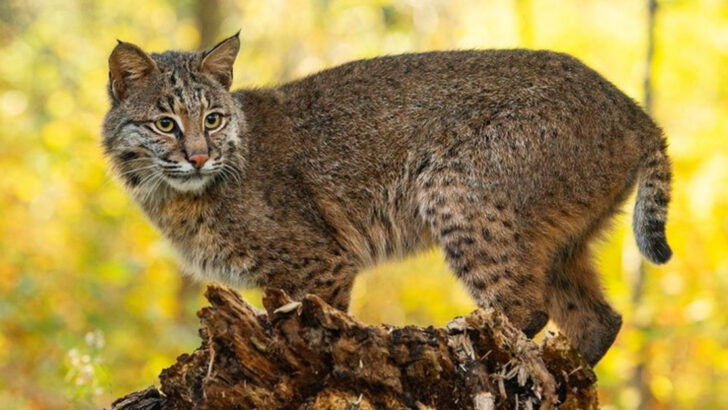Bobcats may be shy, but don’t let that fool you—they’re fierce rulers of the wild in more places than you might think. These spotted predators roam forests, deserts, and even backyards across the U.S., often staying hidden in plain sight.
In some states, their populations are booming, and sightings are becoming more common. While they usually avoid people, there are smart ways to keep yourself, your pets, and your property safe.
Knowing where bobcats thrive helps you stay alert—and maybe even spot one from a safe distance. These wildcats are fascinating, but it’s best to admire them with caution.
Texas
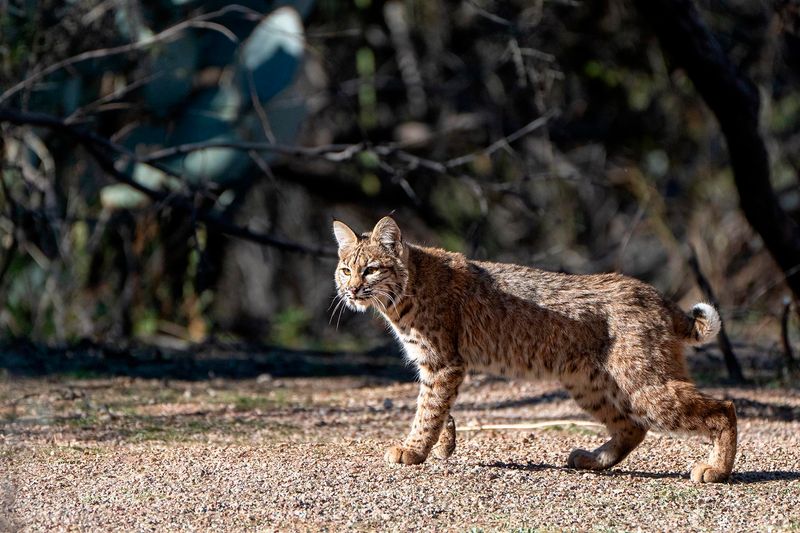
Texas, with its vast deserts and rugged terrain, provides an ideal habitat for bobcats. These creatures are solitary and often elusive, making them a rare but exhilarating find. When traversing Texas trails, keep pets leashed and close to avoid unwanted attention from a curious bobcat. Observing from a distance allows you to appreciate their natural grace without intrusion. Texas parks often feature educational signs about local wildlife, including bobcats, offering valuable insights for outdoor enthusiasts. A little caution goes a long way in these wild Texas landscapes.
Colorado

In the heart of the Rockies, Colorado offers a perfect haven for bobcats. These agile predators are often spotted in the foothills, blending seamlessly with the rugged landscape.
Did you know? Bobcats here are masters of camouflage, often mistaken for shadows on the rocks. Their elusive nature adds to the mystery of the Colorado wilderness.
Residents are advised to keep pets indoors at night and secure trash cans to avoid attracting these stealthy hunters. With respectful coexistence, bobcats and humans can share this breathtaking environment peacefully.
California
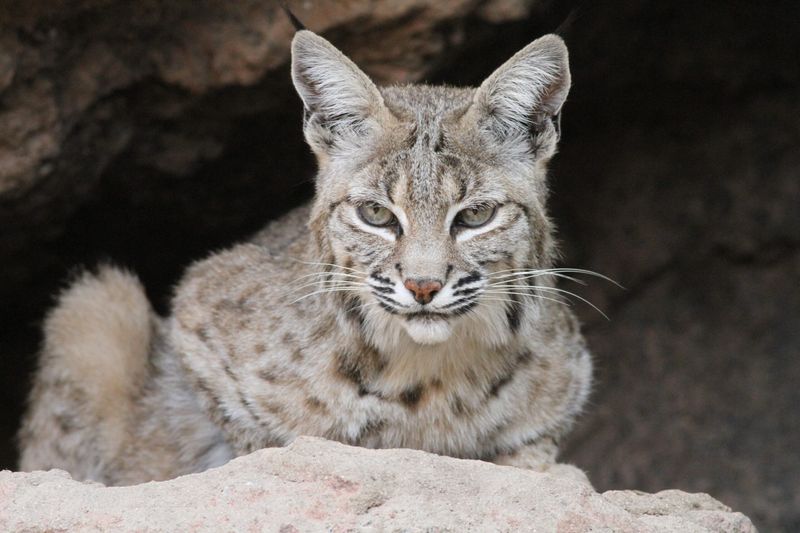
In California, bobcats are a common sight, particularly in regions like the Sierra Nevada. These agile predators often wander near hiking trails, blending seamlessly into their environment. If you’re exploring these areas, maintain a safe distance if you spot one. Carrying a whistle or making loud noises can deter them without causing harm. California’s diverse landscapes offer plenty of hiding spots, so remaining vigilant is key when in bobcat territory. Encounters are generally rare, but being prepared ensures a safe and enjoyable outdoor adventure in the Golden State.
New Mexico

New Mexico’s arid deserts and scrublands provide an ideal habitat for bobcats. Their tawny coats blend with the sandy terrain, making them nearly invisible.
Locals often hear their eerie calls echoing through the desert night. These solitary hunters are crucial for controlling rodent populations in the region.
To stay safe, hikers should remain on marked trails and keep an eye on their surroundings. Respecting the bobcats’ space ensures that both humans and these magnificent felines thrive in harmony.
Oregon
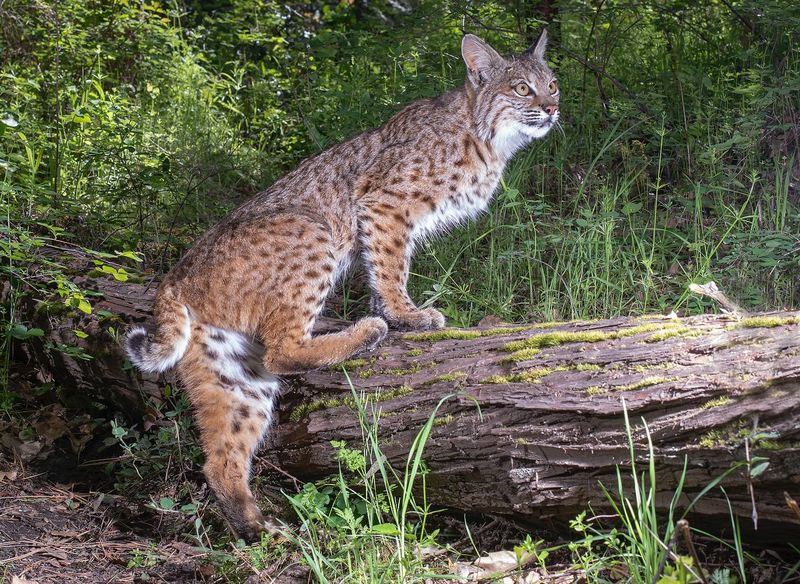
Oregon’s lush forests are a sanctuary for bobcats, where they roam freely among the towering trees. These cats are adept climbers, often found resting on tree branches.
Their presence plays a significant role in maintaining the ecological balance by controlling small animal populations. Birdwatchers may be lucky to spot one stealthily moving through the underbrush.
For safety, it’s recommended to keep a respectful distance and not to feed or approach these wild animals. Allowing them to remain wild ensures their continued existence in Oregon’s diverse ecosystems.
Wisconsin
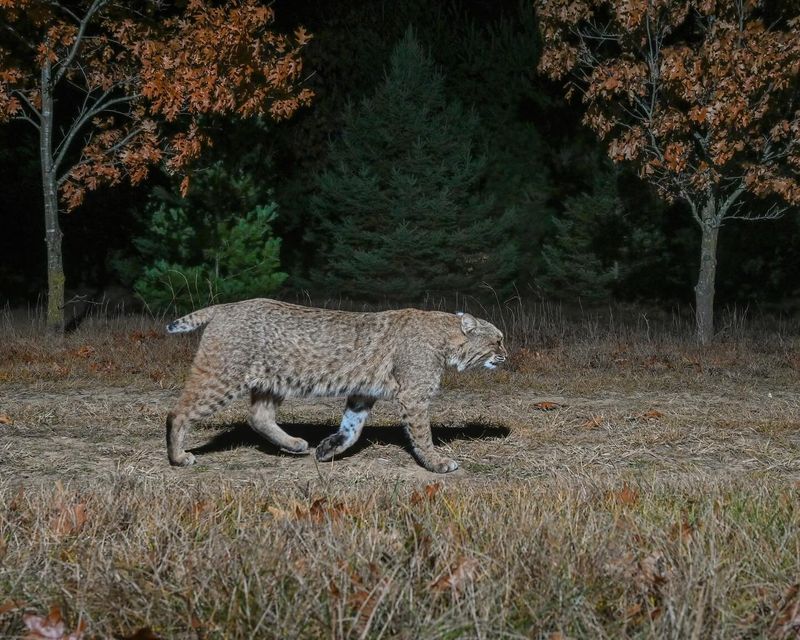
In the frosty embrace of Wisconsin’s winters, bobcats are a testament to resilience. Their thick fur provides insulation against the biting cold, making them adept hunters even in harsh conditions.
Bobcats in Wisconsin are known for their tenacity, often traversing large distances in search of prey. This adaptability is key to their survival in varying climates.
For those living in rural areas, securing livestock at night can prevent unwanted encounters. Appreciating these predators from afar allows Wisconsin’s wildlife to flourish.
Arizona

Arizona’s striking desert landscapes are home to a healthy population of bobcats. These animals are most active during dusk and dawn, making them a remarkable sight against the vibrant desert colors. While hiking in Arizona, be cautious as bobcats can be territorial if surprised. Travel in groups and keep noise levels up to alert nearby wildlife of your presence. Arizona’s national parks provide maps and guidance on safe wildlife interactions, ensuring you enjoy the scenery without unexpected encounters. Respecting their space is crucial in these beautiful yet wild areas.
Florida
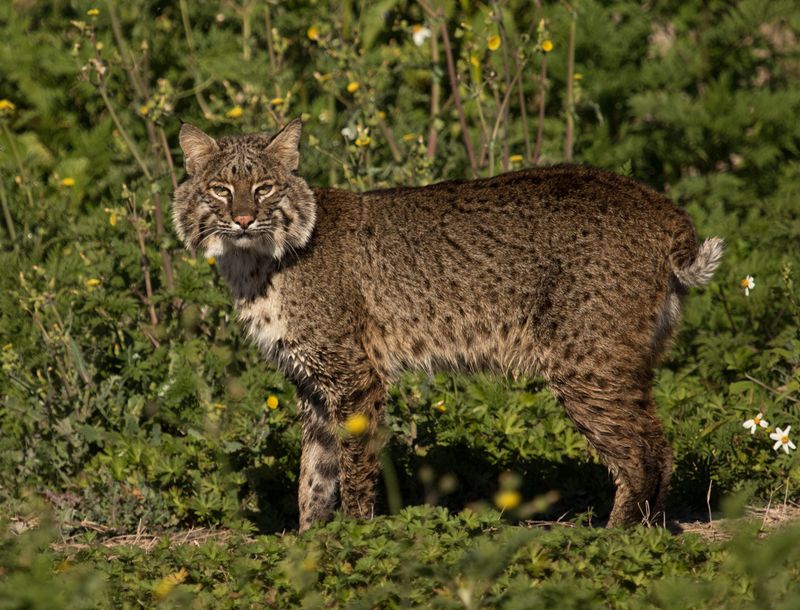
Florida’s Everglades are not only famous for alligators but also house a thriving bobcat population. These stealthy cats thrive in the dense underbrush and swampy areas. While exploring, stick to marked paths and avoid wandering into thick vegetation. If you encounter a bobcat, remain calm and back away slowly, giving it space to retreat. Florida’s wildlife experts often conduct guided tours, providing education on the local flora and fauna, including the elusive bobcat. With informed precautions, your visit to the Everglades can be both safe and fascinating.
Minnesota
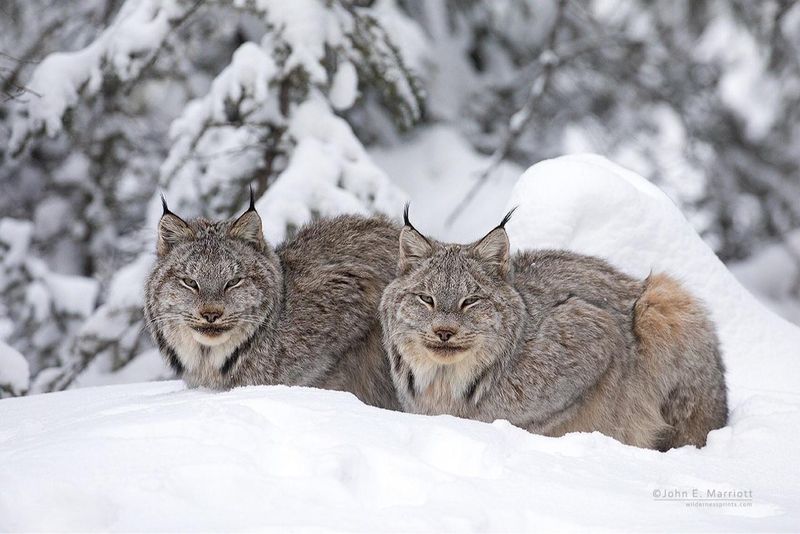
In Minnesota, bobcats adapt to the cold, snowy environments of the northern forests. The stark contrast of their fur against the snow makes them a bit easier to spot during winter. When venturing into these chilly terrains, remember that bobcats are more active in the early morning and late afternoon. Wearing bright colors can help in avoiding any close encounters. Minnesota’s wildlife reserves often provide visitor information on how to safely enjoy the natural beauty without disturbing these majestic creatures. Keep your distance and respect their habitat for a safe experience.

